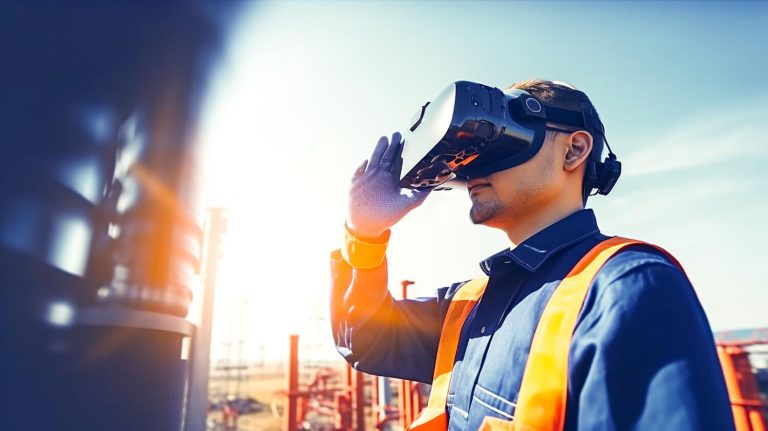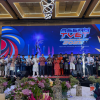
Innovation takes centre stage in the ever-evolving construction landscape as the industry embraces smart machinery and wearable technologies to revolutionise traditional practices.
While creating entirely new machines from scratch for tasks like excavation and heavy lifting is a formidable challenge, manufacturers are redirecting their efforts towards enhancing existing equipment.
For example, recently Komatsu unveiled the PC210LCE – which features lithium-ion battery technology developed by Proterra.
The excavator has a 451 kWh battery capacity, designed for up to 8 hours of operating time. Designed to reduce operator fatigue with less noise, exhaust emissions and zero engine vibration, the PC210LCE is ideal for use in urban areas and indoor environments.
The convergence of technology and construction presents a realm of possibilities, from crafting intricate architectural marvels to swiftly constructing affordable housing solutions.
Wearable technologies are emerging as yet another game-changer. Among these, augmented reality (AR) glasses hold immense potential. Imagine a construction worker on-site equipped with AR glasses that seamlessly provide real-time information about object locations, properties, potential hazards, and navigation assistance.
Smart helmets, acting as personal fatigue monitors, offer real-time insights into workers’ well-being. Analysing crucial data points provides valuable information that can help prevent exhaustion-related accidents and ensure optimal workforce performance.
On the other hand, smart shoes, equipped with advanced sensors, offer a comprehensive view of the worksite. Their ability to identify hazardous zones and potential clashes with machinery enhances workers’ safety.
The collaboration between construction and technology is driving unprecedented transformation. However, there are hurdles to overcome. The integration of autonomous machinery and wearable technologies requires meticulous consideration of safety protocols, data privacy, and seamless interoperability. Striking the right balance between innovation and adherence to established industry standards is pivotal to ensure sustainable progress.














